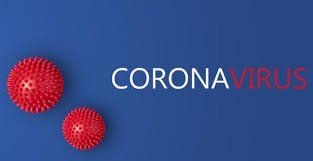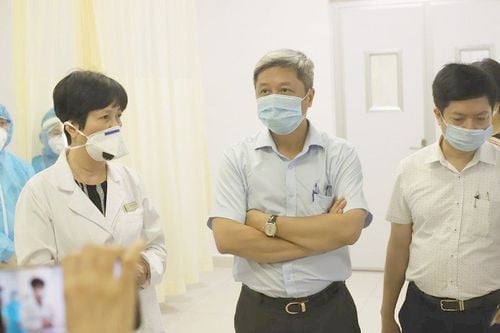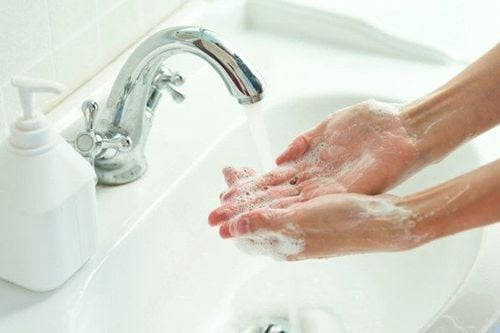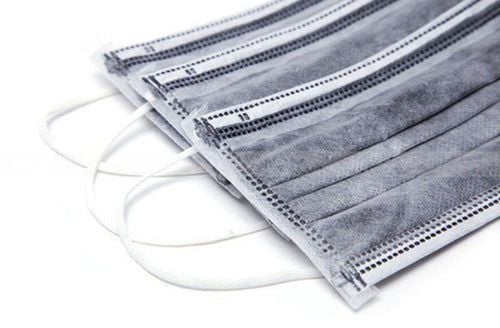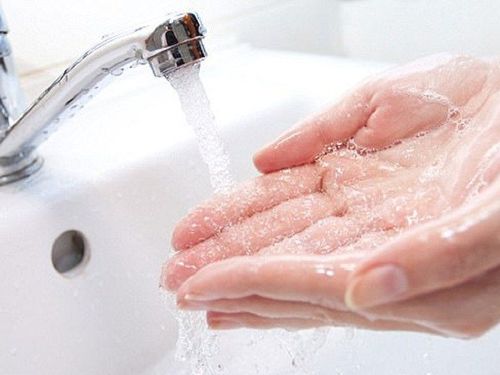This is an automatically translated article.
Translated and synthesized by Dr. Nguyen Xuan Hung - Director of Vinmec Institute of Applied Research and Regenerative Medicine (VIASRM)
Sometimes a good example is worth more than words - especially when explaining something to children. That's exactly what Jaralee Metcalf, Idaho Falls Elementary School's behavior expert, did to show students the importance of proper hand washing. Now the whole world is following her example!
Jaralee Metcalf's simple and clear experiment is so impressive that we couldn't help but share it with you.
At the beginning of winter, when flu season had just begun, Jaralee Metcalf said she was tired of being sick all the time. Although the spread of bacteria in the classroom is inevitable, she wants to show the kids why they need to wash their hands to kill germs, using... bread.
To explain how bacteria spread and the importance of frequent hand washing , Jaralee and students in a class led by Dayna Robertson performed a simple classroom experiment: she gave Students with different degrees of cleanliness touch 5 slices of bread from the same loaf. Then, they put bread in each plastic bag to see what happens over the course of a month. After 3-4 weeks, students begin to see classroom pathogens come to life in front of their eyes, as mold begins to grow on slices of bread.
Jaralee explains in his Facebook post: “We take fresh bread and touch it”. This post was then shared more than 70k times.
The first piece of cake is smeared on all the laptops in the class. The second piece was a control sample, untouched by anyone and immediately placed in a plastic bag labeled “Fresh and untouched”. The class touches the third piece of cake with unwashed hands. For cake number 4, the class washes their hands with warm water and soap before touching the cake. With bread number 5, they use hand sanitizer to clean their hands before touching it.
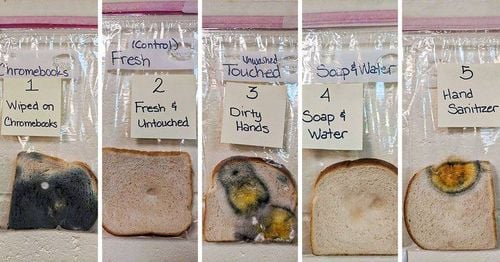
Những lát bánh mì được sử dụng làm thí nghiệm sau một tháng
The effect of soap & warm water The only slice of bread with no obvious bacteria on it was slice
4, where students touched the slice after washing their hands with soap and warm water. This helps children see clearly why they need to wash their hands often.
“Dirty hands” slice On slice
3, “dirty hands” slice, covered in mold after 1 month, and didn't need any further explanation.
Slice of cake "hand-washed" An interesting thing is that sample number 5 - slice of cake "hand-washed" - turned out to have a lot of bacteria too. So this example clearly shows that dry hand washing cannot replace hand washing with soap. “You know, people mostly believe in using hand sanitizer, but the results of this experiment show that we are relatively dirtier than we thought,” Ms. Robertson said.
The results of the experiment were not only packed in plastic bags, the students decided to change their habits.
“Look at that slice of cake with dirty hands, which means we always have to wash our hands,” said student Jackson.
“Frequent hand washing is required,” said the Lincoln student.
“I need to wash my hands,” said student Cole.
Jaralee shared the results of this project on Facebook to advise parents to teach their children to wash their hands properly, and this simple project immediately spread to hundreds of other schools and families. Although the slices of cake used in the experiment were later thrown away, the impact they made would last. “We cleaned everything up and washed our hands more often,” Ms. Robertson said.
The slice of cake “hand washed” surprised us quite a bit! How about you? How do you teach your children about the importance of proper hand washing? We would love to hear from you in the comments section below!
Source: Brightside.me; Localnews8.com
SEE MORE:
Instructing children to wash their own hands to prevent epidemics To prevent 2019-nCoV, do they have to wear masks constantly? What is the correct way to wear a mask? Proper hand washing is just as important as wearing a mask





